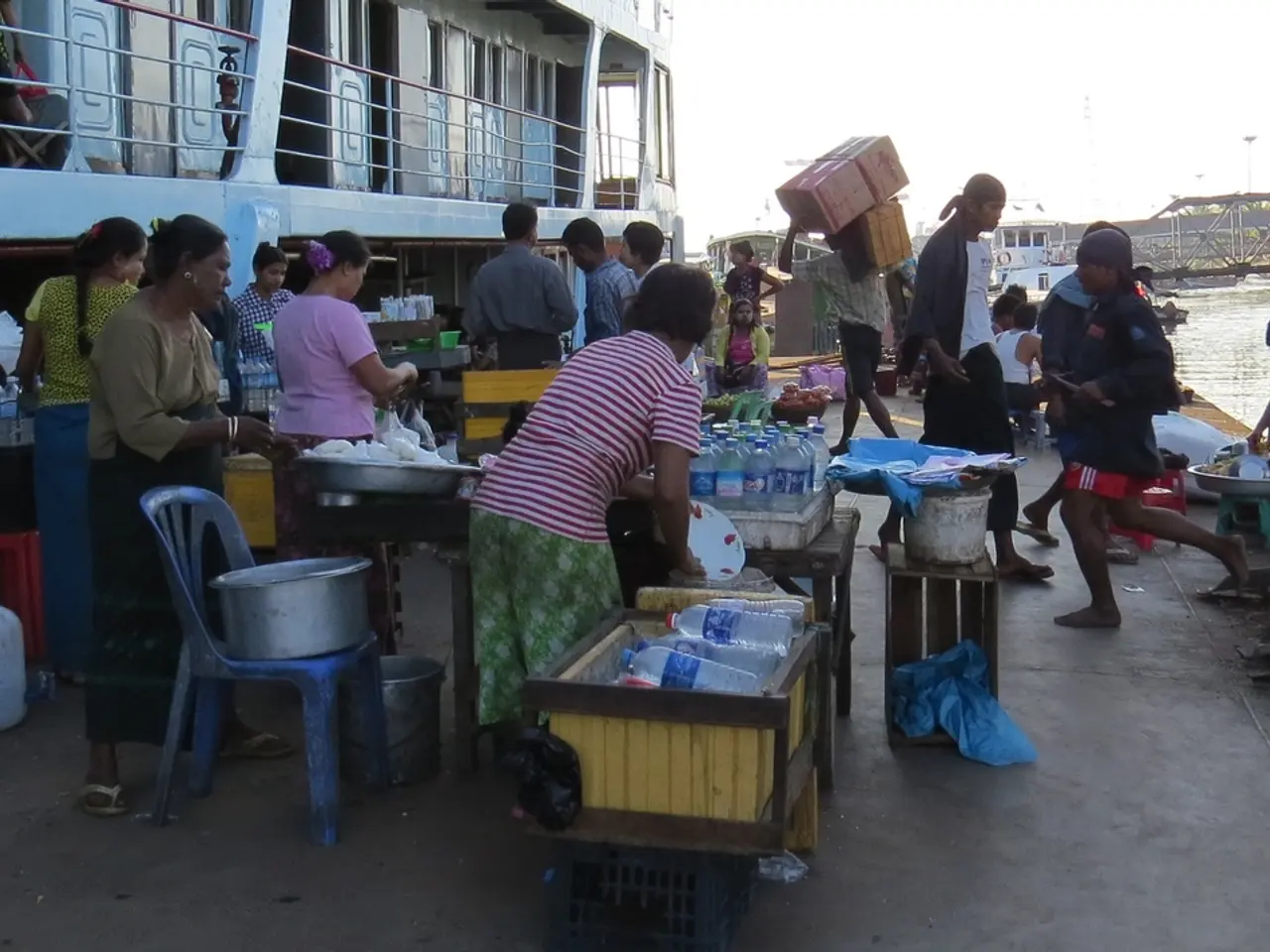Strategies for Vacationing with Children: Hassle-Free Family Excursions
Traveling with kids can be a challenging but rewarding experience. With the right strategies, family vacations can be enjoyable and hassle-free. Here are some tips to help make your next family trip a success.
Firstly, prepare a travel kit filled with activities such as coloring books, travel games, and small puzzles. Introducing surprise toys or books during the journey can keep kids engaged and entertained. Involve older kids in the planning process by letting them choose activities or snacks, while explaining what's happening next in a way they can understand for younger children.
Keeping routines consistent, such as meal times and naps, can reduce stress and make travel smoother. During long trips, plan regular breaks to allow kids to stretch and run around. This can help prevent crankiness and keep everyone in better spirits.
Building relationships on the flight can lead to extra support and playmates for your children. Make friends with the cabin crew and other families with kids.
Managing jet lag is crucial when traveling across time zones. Consider flight times and plan strategies to adjust sleep schedules before traveling, such as gradually adjusting bedtime a few days before departure and exposing the child to natural daylight to help reset their internal clock.
Packing light and efficiently is essential for a smooth journey. Pack only necessary items in one cabin bag for the whole family to reduce hassle and clutter. Time aisle walks around trolley service to keep kids active and entertained without disrupting others.
Taking advantage of downtime to rest when your kids are napping, especially if you're traveling with a toddler on your lap, is also important. Pack a "survival kit" with essentials like snacks, extra clothes, and entertainment for unexpected delays or emergencies.
In a travel medical kit for kids, include pain relievers, motion sickness medication, band-aids, antiseptic wipes, hand sanitizer, and any necessary prescription medicines.
Traveling can help reduce anxiety by providing a change of scenery, new experiences, and a break from daily stressors. Traveling with kids creates priceless memories and strengthens family bonds.
The most difficult age to have a child can vary, but many parents find the toddler years (ages 1 to 3) and the teenage years (ages 13 to 18) particularly challenging. The hardest age to travel with a child is often between 12 months and 3 years old due to their high activity levels, short attention spans, and difficulty communicating their needs effectively. However, the best age to take kids on trips depends on the type of travel and the family's goals, with many parents finding that ages 5 to 10 are ideal.
To handle meal times with picky eaters, pack familiar snacks, research kid-friendly restaurants, and consider bringing non-perishable meal options.
With the right preparation, patience, and flexibility, family travel can be smooth and stress-free. Enjoy the journey and create memories that will last a lifetime.
- To keep kids entertained during travel, pack a travel kit containing coloring books, travel games, small puzzles, and introduce surprise toys or books during the journey.
- For smoother travel, maintain consistent routines such as meal times and naps, and plan regular breaks during long trips to allow kids to stretch and run around.
- Building relationships with cabin crew and other families with kids before the flight can provide extra support and playmates for your children.
- To manage jet lag while traveling across time zones, consider adjusting sleep schedules before traveling by gradually adjusting bedtime and exposing the child to natural daylight, and pack a travel medical kit for kids including pain relievers, motion sickness medication, band-aids, antiseptic wipes, hand sanitizer, and any necessary prescription medicines.





